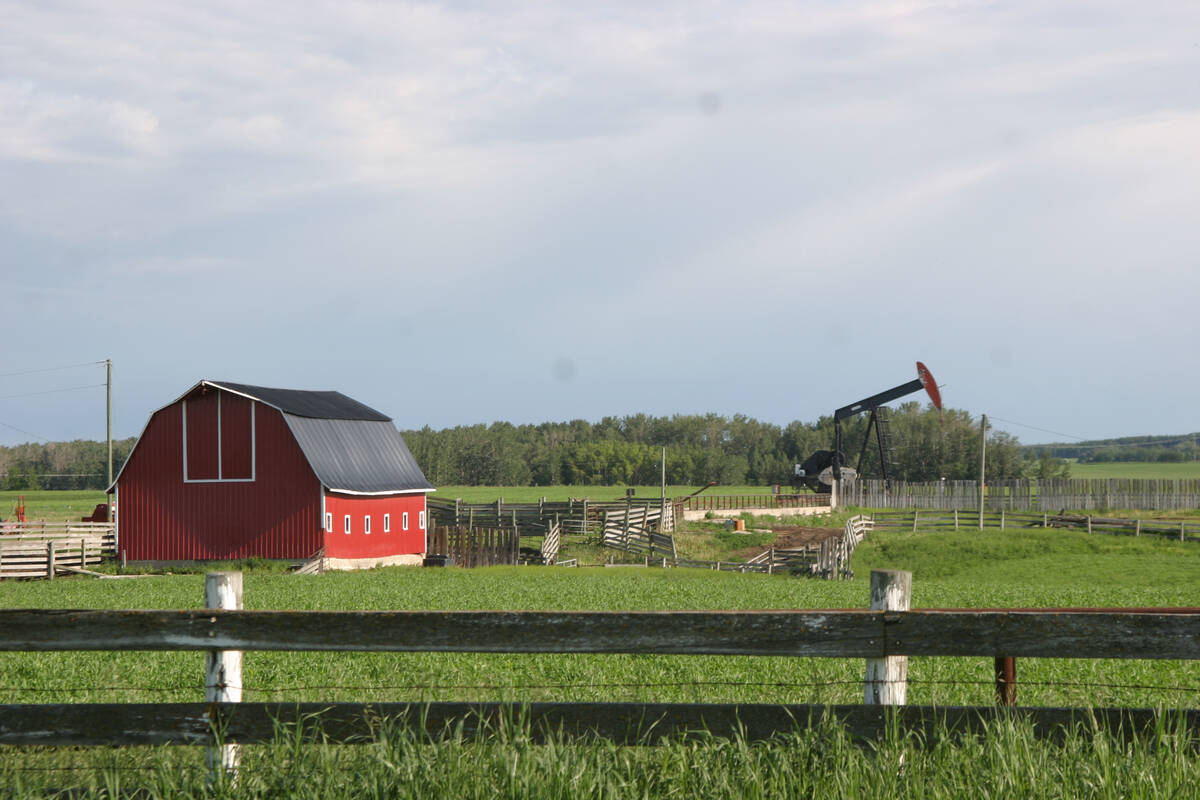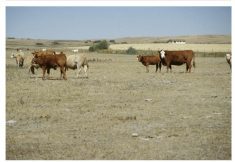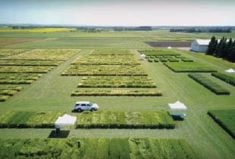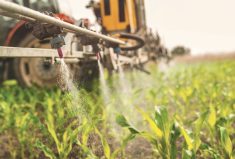Recent changes in U.S. interest rates could have a ripple effect for Alberta producers, says a provincial analyst.
In mid-December, the U.S. Federal Reserve — the country’s central bank — announced it was lifting its key rate by a quarter-point to a range of 0.25 per cent to 0.5 per cent. The long-expected move put an end to seven years of near-zero borrowing rates.
However, because of the oil crash, strapped consumers, and a sluggish manufacturing sector, the Canadian economy is much weaker and so the Bank of Canada isn’t expected to follow suit any time soon.
Read Also

Recommendations in the mature assets strategy could cause potential problems for landholders
The Western Stock Growers’ Association urges producers to pay attention to the potential changes to Alberta’s Mature Assets Strategy.
But the rise in the U.S. interest rates will still be felt north of the border, said Todd Bergen-Henegouwen, farm input analyst with Alberta Agriculture and Forestry.
“The decision to raise rates can certainly impact Canadian individuals and businesses,” Bergen-Henegouwen said in a release, noting the loonie fell by more than a cent in the week following the Fed’s announcement.
And while the prospect of an immediate rate hike here is slim, it’s a good time to review how an increase would affect your farm business, Bergen-Henegouwen said.
“A rate increase would most directly impact short-term loans such as your operating loan, but could certainly also have trickle-down effects on long-term loans as well,” he said.
For example, an increase of 0.5 per cent on a $1-million, 10-year loan would increase semi-annual payments by $1,445.
“Producers are encouraged to think how a change in interest rate might impact cash flow and what options and rates are available to producers today,” he said.















